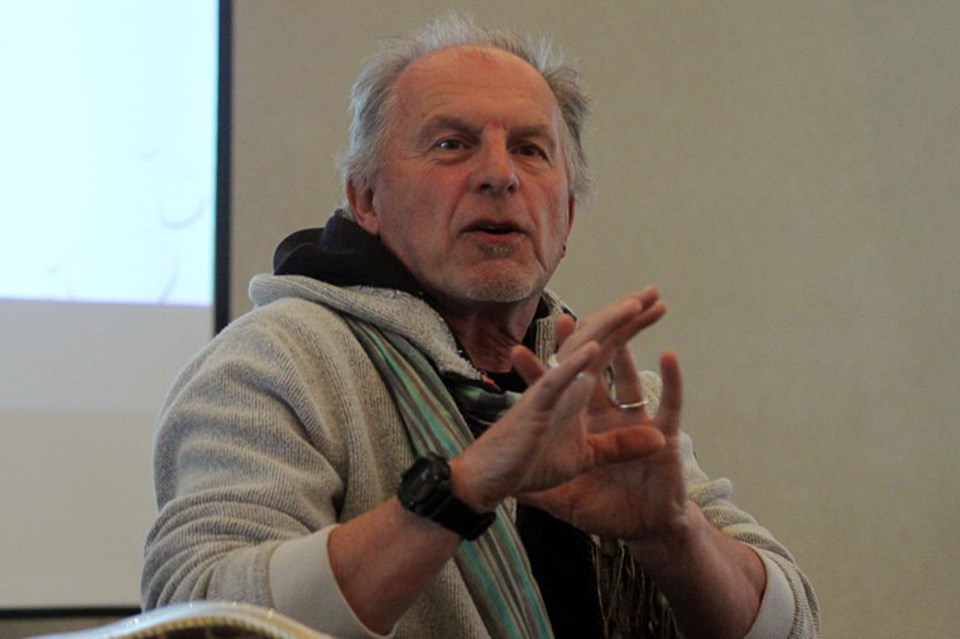THUNDER BAY – Steve Lewis believes the graveyard of ships could be the key to developing a regional dive tourism industry.
The dive adventure tourism consultant said Lake Superior has the potential to draw people from all over the continent and the world to explore long-lost shipwrecks.
“If there’s stuff that’s interesting down there, they will come,” Lewis said following a presentation at the Prince Arthur Hotel on Friday afternoon.
“That’s the way divers are. If there’s something they haven’t done and will give them bragging rights that’s going to come across as really good and that will attract tourists.”
It’s a cluster of as many as nearly 40 wrecks a short distance away from the Thunder Bay shoreline that could form the marquee attraction.
The ships, most of which were intentionally sank following their lifespan, are located in as much as 100 metres of water and have not been explored.
That can have a significant amount of appeal to technical divers, who are highly trained and certified for such challenging expeditions. According to Lewis, these divers have plenty of money to spend and are looking for an epic experience.
City tourism manager Paul Pepe said the underwater exploration, though it won’t attract a major amount of people it will bring a higher yield, can help diversify the economy..
“It’s one more thing and it is more dollars in the community than we had yesterday,” Pepe said.
“It also helps elevate our profile as a place people want to visit that has that connection to the natural environment.”
The city is launching a pilot project this summer, where four wrecks in the bay will be marked with buoys so divers can find their locations easier.
In addition to Thunder Bay, the industry could have benefits throughout the region.
Nipigon mayor Richard Harvey, who is an avid diver, played a large role in spearheading the process to this point.
Along with two prominent shipwrecks in the Rossport area, the graveyard of ships could become a regional draw.
Work has already started to build the base of tourism infrastructure, such as the expansion of online marking of known wrecks and the creation of an interactive website with information about each dive location.
“It’s amazing we’ve accomplished all of that in the last six months since we really got this project underway,” Harvey said.
“My comment (one year ago) was that we really didn’t have a lot here. You can’t say that anymore.”
The big task is finding out exactly what lays beneath the water. That will form the starting point of launching the initiative.
“You actually need somebody to go down there and (confirm) and say what they look like and here’s photographs and video,” Lewis said.
“The next step is having a champion, an entity in the area that will take the ball and run with it when it comes to actually getting all the things in place that are going to be demanded.”
